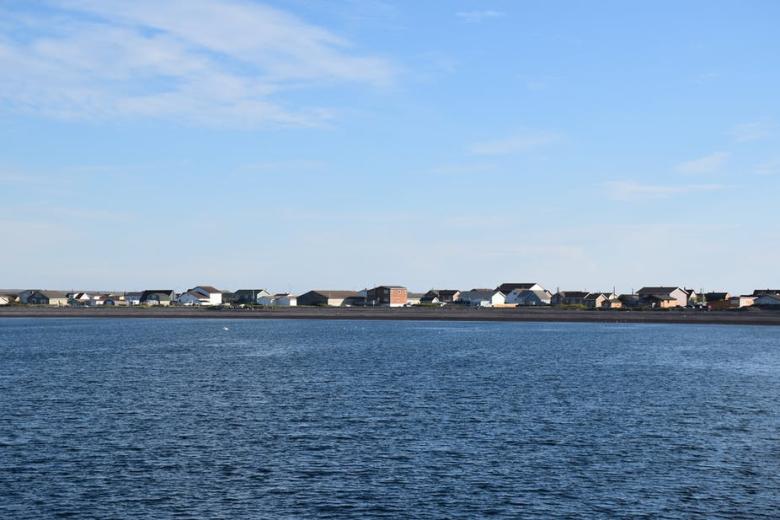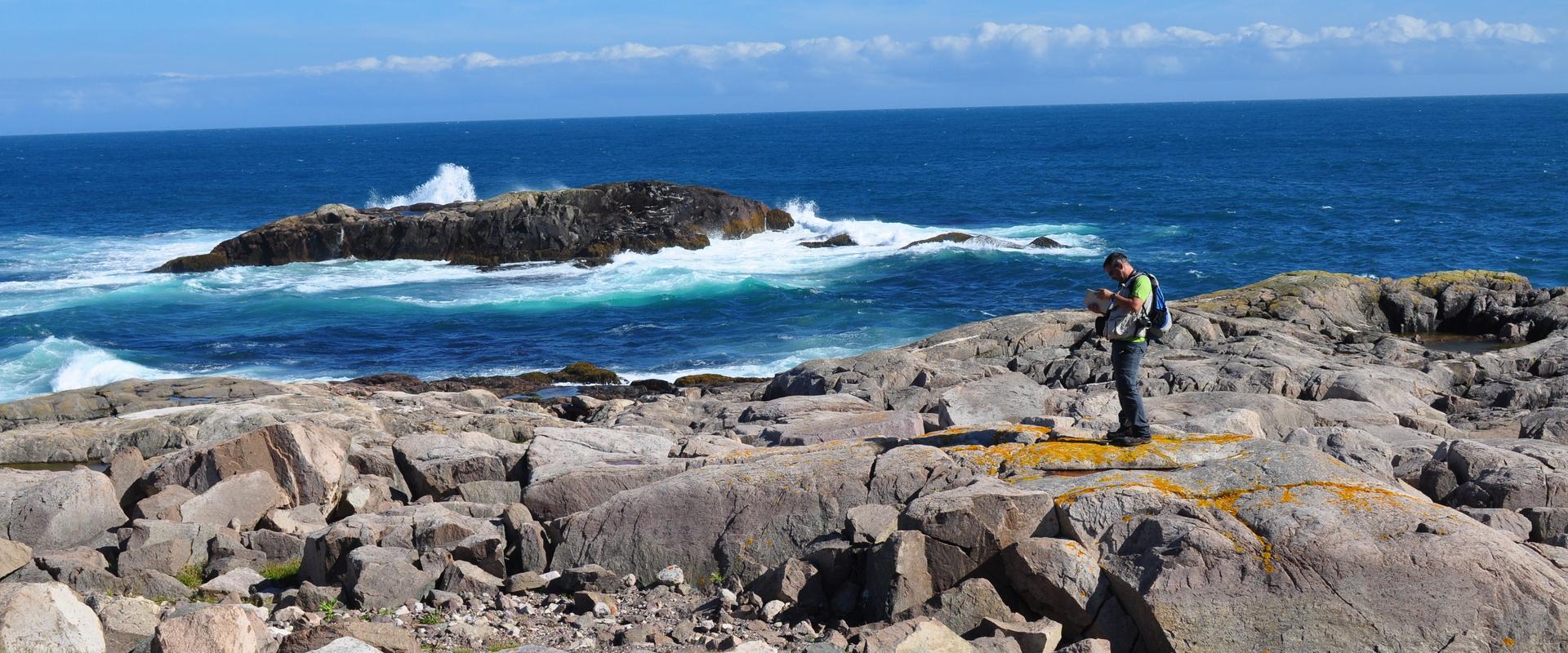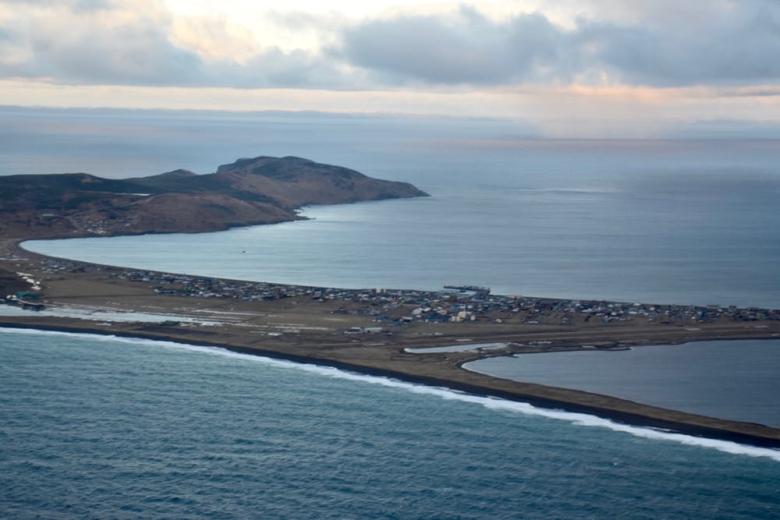
In June 2021, the village of Miquelon as seen from the ferry that connects it with Saint-Pierre.
© BRGM - Xénia Philippenko
Adapting to coastal risks
French overseas and island territories located in tropical areas are particularly sensitive to the consequences of climate change: the atolls of the Marshall Islands or the low-lying islands of the Maldives come to mind, as their very existence is threatened.
To deal with coastal hazards, and particularly the rise in sea level, there are generally four strategic approaches: protecting oneself, adapting infrastructure and behaviour, supporting change through nature-based solutions, and finally relocating infrastructures.
This last option, which is often technically difficult to implement, requires expertise, funding and a consultation process involving the various stakeholders.
In the archipelago of Saint-Pierre-et-Miquelon, not far from Canada, a displacement process has already begun, with a high degree of involvement of the population throughout the various stages.
In Miquelon, living surrounded by water in a time of climate change
The village of Miquelon is located at sea level, on a pebble ridge, linking two islands with higher elevations: Cap Island and Miquelon Island.
In the first decade after 2000, the archipelago suffered several, more and more frequent, flooding, storm and erosion events that caused a lot of damage. The main threat remains the disappearance of the isthmus on which the village is located.
In 2014, French President François Hollande declared that Miquelon could disappear due to the rise in sea level and announced the implementation of a coastal risk prevention plan (PPRL). At the same time, the question of moving the village to a less exposed site was beginning to be raised, despite the reluctance of the population and elected officials.
In 2018, two successive storms that caused major damage led to a reversal of public opinion. A few months later, a survey showed that 89% of respondents were in favour of moving the village.
Accepting relocation as a first step towards adaptation
Several factors explain this change in attitude. Firstly, the implementation of the PPRL and the ban on building has alerted the population, sometimes generating tensions. Secondly, the storms of November 2018 made the impacts of sea level rise and climate change more tangible.
A final factor that strongly influenced the acceptability of the move was the strong attachment of the inhabitants to their island, which led to a proactive attitude. Having realised that it would not be possible for them to stay in the historic village in the long term, their attachment to the region extended to include the island as a whole, which led to a shift in public opinion in favour of moving despite the inherent difficulties of the situation.
Where to go?
The regional authority proposed a move to the Cape Peninsula, but this is very small and isolated and the inhabitants consequently preferred the larger island of Miquelon, which is connected to the neighbouring island of Langlade.
In January 2020, during the visit of the then Minister for Overseas France, Annick Girardin, the inhabitants demonstrated and visually marked out the plots of land they wanted to claim for the new village.
Between 2019 and 2022, several measures have been taken by the mayor, accompanied over the months by the elected representatives of the archipelago, the prefecture, government departments and the local authority, as well as by various groups of experts and scientists.
The relocation of Miquelon has thus begun, but still faces many challenges - financial, legislative, political, technical and environmental. Adapting requires accepting change, but also being aware that a strategy may take decades to become reality. Meanwhile, the sea level continues to rise along with the corresponding impacts.








